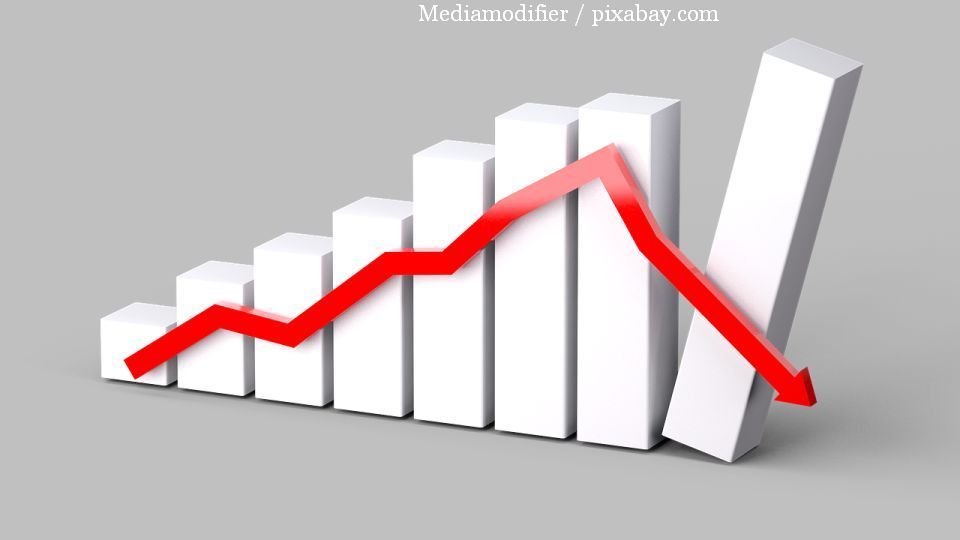A Central Bank report on inflation
The National Bank of Romania has revised upward its inflation rate forecast for the end of this year from 1.1% to 1.4%

Corina Cristea, 10.02.2016, 14:23
The National Bank of Romania has revised upward its inflation rate forecast for the end of this year from 1.1% to 1.4%, anticipating an inflation rate at the end of 2017 of 3.4%, which is close to the upper limit for the period targeted by the national bank, namely 1.5 % and 3.5%.
The periodical report on inflation presented by the governor of the National Bank of Romania, Mugur Isarescu, reconfirms the prospects of inflation going into a negative area in the first five months of 2016, as a result of the cuts in the VAT and other indirect taxes.
According to governor Isarescu, inflation will subsequently stabilize at positive levels, once the effects of the VAT reduction for food stuffs and services fade out and also against the background of a relaxed fiscal policy and of rising unitary costs for salaries. The governor points out to the fact that the monthly fluctuations in consumer prices have become positive again and that there are many prices still on the rise.
Mugur Isarescu: “With the exception of June, when food prices went down thanks to the VAT cut, before that time but also until December and probably in the future as well, in Romania prices are still increasing rather than dropping. Hence the population’s perception, which should not be blamed, that prices are still on the rise.”
This upward trend has been caused by several factors, such as the less- significant- than-expected cut in fuel prices, price hikes for farming raw products, given the low harvests across the EU, the latest depreciation of the national currency as well as the atypical price hike for tobacco products.
According to the Central Bank, domestic uncertainties mainly concern the rising inflation, being related mainly to the fact that a budget has been approved for 2016 with a deficit close to the 3% ceiling, that pressure continues to be put for rising budget expenses and that the income policy is on a staunch rising trend. Furthermore in the opinion of the central bank governor, the recently approved pay rises aren’t correlated with improved productivity.
Mugur Isarescu: “Productivity of work in industry does not support this wage dynamics, which is necessary, or structural reforms meant to bring about an increased productivity of work or the containment of these pay rises so that this correlation may not break at a certain time.”
Isarescu has also said that a significant rise in consumption has been noticed of late, particularly in terms of food stuffs, as well as an increase in loaning thanks to low interest rates and the Romanians’ shift towards loans in the local currency.
External influences seem to point out towards balanced risks, but that doesn’t mean that the Central Bank is not taking into account major uncertainties currently hindering international developments, and which are suggesting a very difficult year 2016.






























